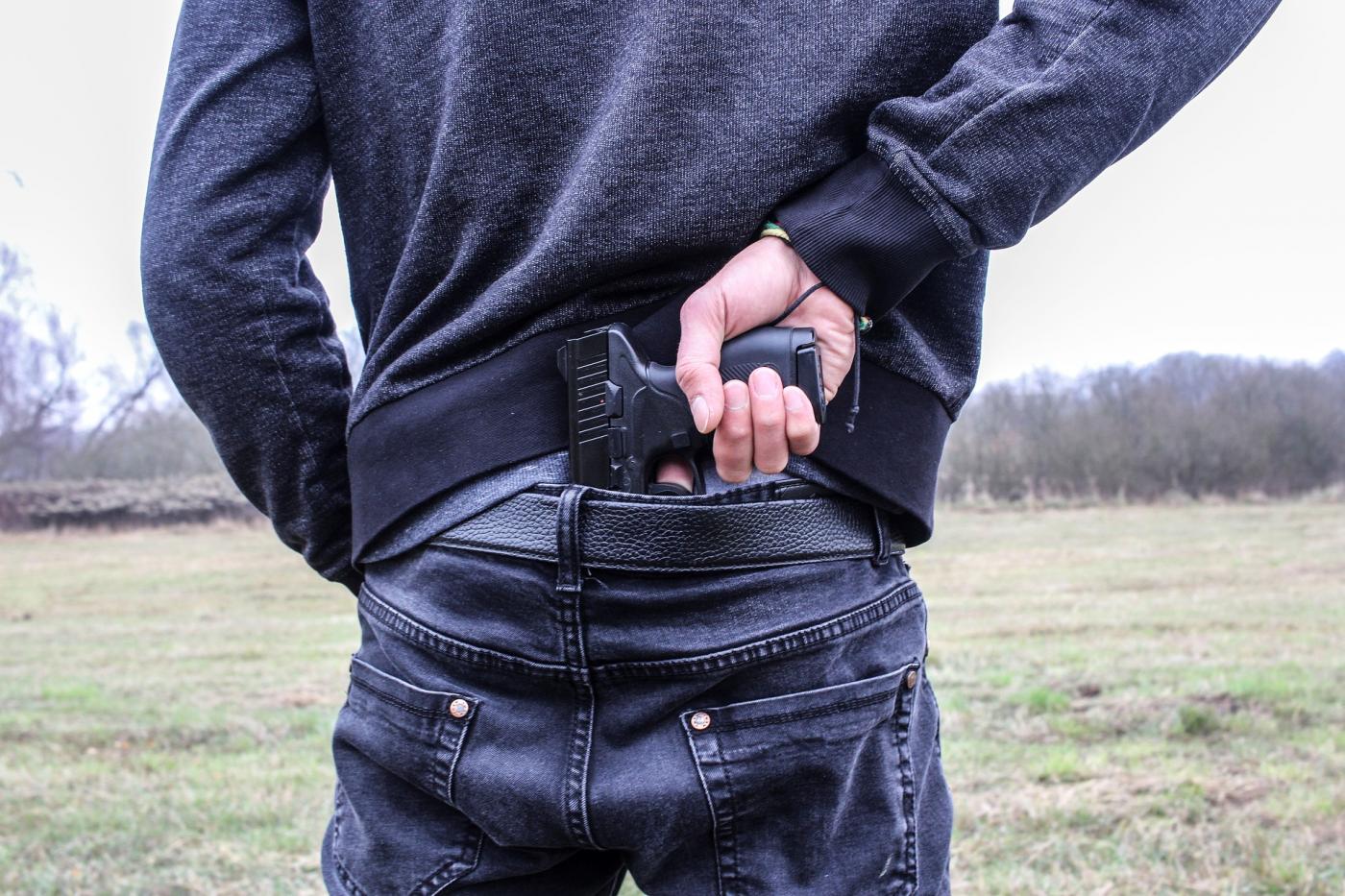Online course helps lecturers recognise radicalisation among students

According to NCTV, the threat comes from youngsters aged 12 to 20. The report states that a terrorist attack committed by radicalised youngsters with jihadist or extreme right-wing views is "not inconceivable."
But how can teachers recognise when students are being radicalised? And, if they do, what can they do next? A free online course online course titled Armour, available in both Dutch and English, has been created to answer these and other questions. The project is funded by the European Union and has been set up in the Netherlands by the University of Groningen. According to Groningen researcher Carola Onderdelinden, many lecturers are eager to be helped in this regard.
What makes it so hard to recognise radicalisation?
“Lecturers can notice a change in the student's appearance: suddenly, one of the students shows up with a clean shaved head, or they grow a long beard. However, it’s hard to gauge whether that’s something to worry about. Besides, lecturers don’t always know how to react when someone expresses extreme views in their classes. This online course is designed to give them a better understanding of the phenomenon and what they can do.”
Is radicalisation common among university students?
“That’s hard to assess. What we do know is that teenagers are more likely to be radicalised based on any ideology. I once heard someone say: ‘We have so little radicalisation in the north of the country because there are so few Muslims here.’ That's interesting because I know there’s a great deal of right-wing extremism there, but not everyone recognises it as radicalisation. So, it’s important for lecturers to be aware that radicalisation can take place in many different ideologies. Then, they can then enter into a dialogue about it.”
Teachers are often overworked. Do they have time for that?
“I don’t believe that lecturers have to solve all the problems in society and I wouldn’t want to make this course compulsory. However, since they do come into contact with young people a lot, they have the opportunity to make observations and do something about it. I used to teach too, and I was busy, but I also think that lecturers are inquisitive people who are interested in knowing what’s going on around them.”
How can teachers recognise radicalisation among their students?
“There are a lot of warning signs, but it’s an individual process in which many factors play a role. One person fits the characteristics and becomes radicalised, while the other does not. It is often said of ‘school shooters’, for example, that they were bullied, but not everyone that has been bullied picks up a firearm. That’s why it’s also crucial to discuss matters with fellow lecturers. Are they noticing the same things? But you also need to look outside the educational institution. What does the police know, or youth workers? The sum total is what really matters.”
Is it possible to prevent radicalisation with a course?
“That’s something I can be very frank about: I think a course does exert a positive influence and it is going to help. At the same time, we know that not everything is preventable. But if we can stop just one youngster from having such extreme views that he considers resorting to violence, then the project will have been a success.”